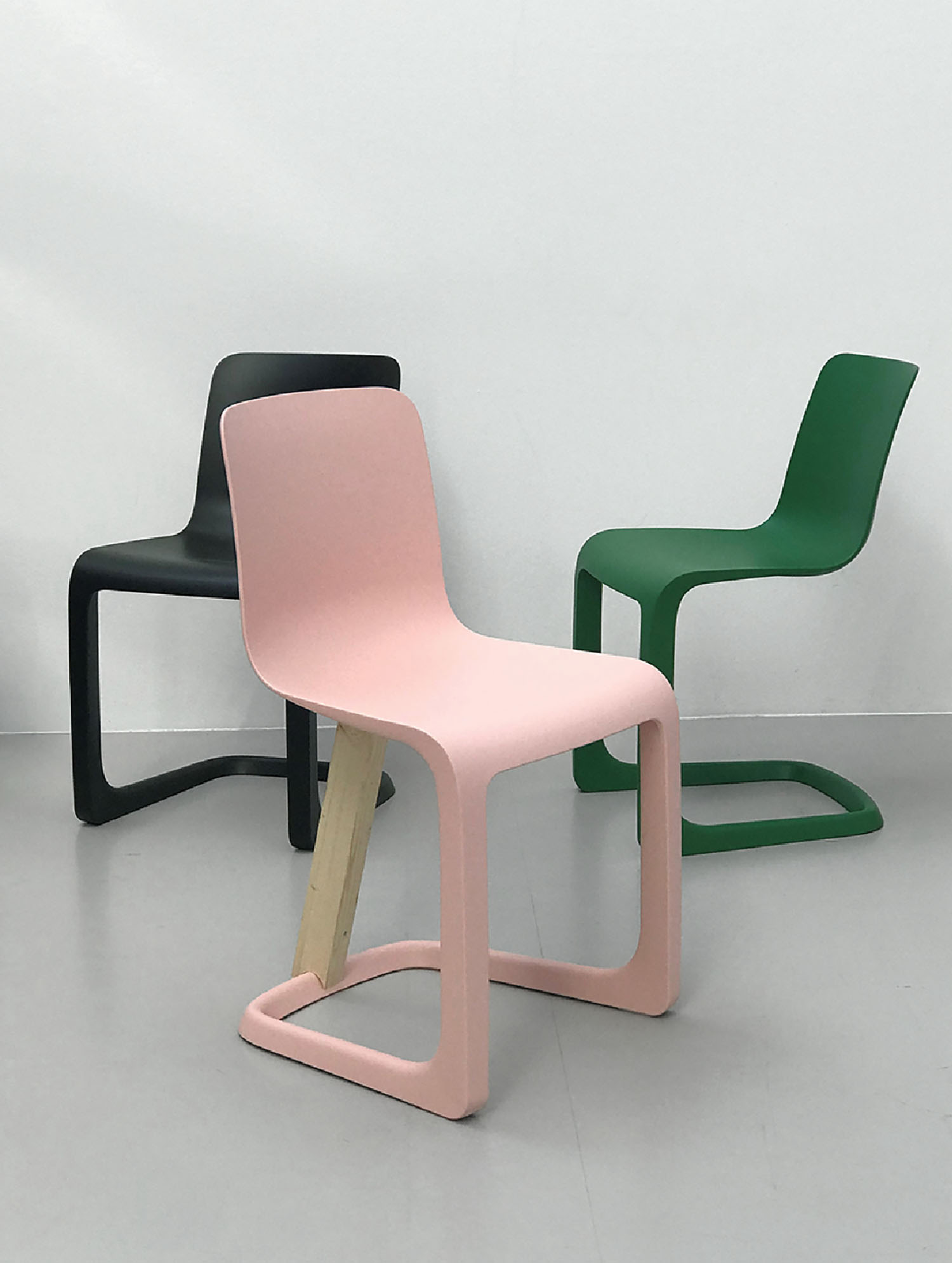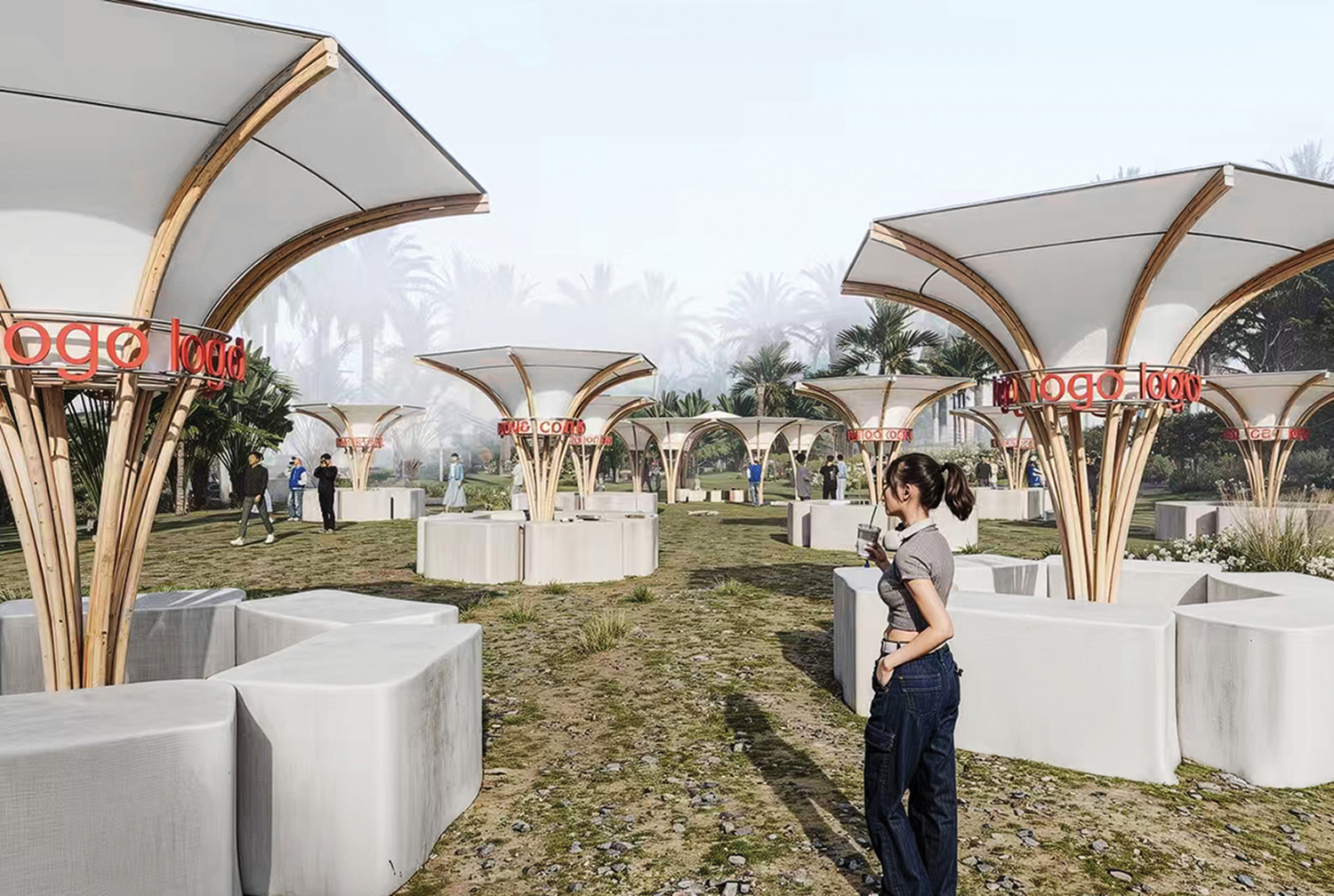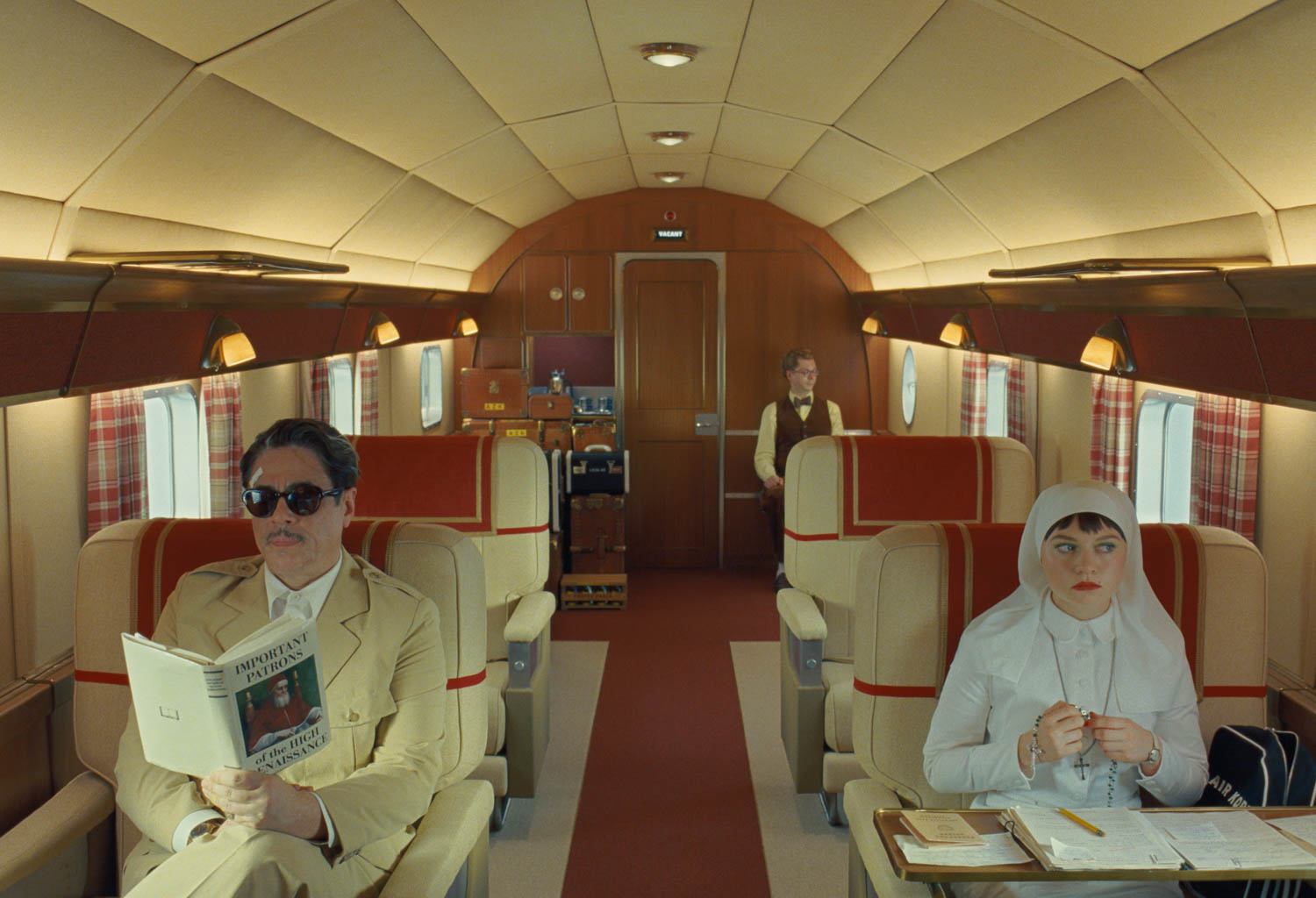10 Questions With… Andreas Engesvik
 “I’ve never been employed or had a ‘proper’ job,” reveals Andreas Engesvik, who immediately founded Andreas Engesvik, Oslo upon graduating from Norway’s Bergen College of Art and Design with a master’s in 2010. Since then, the Norwegian designer has created products following the Scandinavian principals of simplicity and quality, ranging from furniture to tableware for international manufacturers such as Edsbyn, Fontana Arte, Hay, Muuto, and Tonning & Stryn.
“I’ve never been employed or had a ‘proper’ job,” reveals Andreas Engesvik, who immediately founded Andreas Engesvik, Oslo upon graduating from Norway’s Bergen College of Art and Design with a master’s in 2010. Since then, the Norwegian designer has created products following the Scandinavian principals of simplicity and quality, ranging from furniture to tableware for international manufacturers such as Edsbyn, Fontana Arte, Hay, Muuto, and Tonning & Stryn.
Most recently, at the Stockholm Furniture & Lighting Fair last month, Engesvik launched the Barba collection of upholstered furniture and the Ribbon collection of rugs for Swedish brand Fogia. Here, he shares with Interior Design more about the new collections and the shape-shifting animated family that inspired one of them, why he loves upholstered furniture, and how an urge for discovery and abandoned buildings propelled his path into design.
Interior Design: Could you tell us a little more about your Barba collection for Fogia?
Andreas Engesvik: The collection includes an upholstered sofa and chair. Upholstered furniture is a specialty of Fogia, and why I like to work with them, as I find this to be one of the most interesting
and difficult things you can work with as a designer. You really need to have experience and know something about the materials—how the fabric can be applied or how it behaves when you start to do the cover and seams. Then you have to take into consideration the manufacturing process. It can’t be too complicated because then it becomes too manual, and most upholstered furniture is already a huge amount of manual labor. At this level, these upholstered pieces are really mostly handmade. I like that there are always little differences, something left from the person or the hand that makes the furniture.
Read more: 17 Highlights from Stockholm Furniture and Light Fair 2019
ID: What inspired the Barba sofa and armchair’s distinctive curves?
AE: The name comes from the French cartoon and children’s books that I grew up with, which were hugely successful in Europe and that I’ve since gone on to read to my kids: The Barbapapa family. It’s a 1970s family that can transform into different objects and shapes. The Barbapapa family was quite political, into animal protection and environmental issues—for example, they built a rocket, bringing a sample of all plants and animals to another planet, because Earth was totally polluted. They went to flea markets, built their own house, and grew their own vegetables. They were very visionary.
‘Barbapapa’ derives from what the French call cotton candy—barbe à papa—which means daddy’s beard because the shape is very much the same. With the Barba sofa and chair for Folgia, the shapes are
about creating something that is more friendly and mild in appearance, not dangerous and with few edges.

ID: Ribbons for Folgia marks the first time you have designed carpets. Was that particularly challenging?
AE: Carpets are difficult because they really are two dimensional. To work with textiles, I prefer to work with the quality itself. A carpet has to be stable on the floor. If it gets bulked up or you start to stumble over it, then it is not a good carpet. Carpets that are too thin are like a wrinkled shirt that is not supposed to be wrinkled—they look cheap.
ID: What else have you completed recently?
AE: Last fall we launched a sofa, a series of cabinets, and a side table for the small Norwegian brand Tonning & Stryn. The collection is made out of solid oak and handmade in Norway. The quality is really
good and the designs are straightforward and very versatile, easily used in many different situations. I like that there are no visible metal fittings and hinges, the doors slide, the legs are wood, and we
used very few materials. They are really understated and practical, yet at the same time also beautiful.

ID: What are you currently working on?
AE: We have 10 or 12 projects going on all the time—textiles, lamps, and furniture for the most part. There are two new museums scheduled to open in the Spring of 2020 in Oslo. We won a competition to design a chair for the new Nasjonalmuseet (National Museum) . Along with Jonas Stocker, we are also working on furniture for the new Munchmuseet (Munch Museum), dedicated to the artist Edvard Munch—that was also a competition. Simultaneously, we are working on new pieces for Fogia and a new sofa for Hay.
ID: Is there a product in your history that you feel is particularly significant in terms of your creative development or career?
AE: Some of the first things I did for Fogia are very strong and independent products. In particular, I’d say the Tiki sofa and the Bollo armchair. Not all projects that I do turn out well, and I have worked with brands where you end up having long discussions about the product. You have to defend all your choices, why it looks the way it does. Sometimes that can be very useful, but it can also take away quality. Fogia has taken my products from the sketch phase into real life without altering or changing anything. For a designer that’s not always, but generally, a good thing—you get more value with
a stronger idea and a more precise thought.
Read more: 10 Questions With… Thomas Bentzen

ID: Who in the industry do you particularly admire?
AE: I think it would be interesting to talk to some of the old Italian designers—the ones who invented the industry, so to speak, after World War II. Say Achille Castiglioni or Ettore Sottsass.
ID: What is your home like?
AE: Our home is not super fancy, and because we have so many kids—three—it’s always a big mess. My wife and I live in an apartment on the west side of Oslo, close to a big public sculpture park. There’s a tennis court, an outdoor swimming pool, and, in the winter, ice skating. For furnishings, I have some of my own things like the Tiki sofa, but I mostly have the same things other designers have, I’m sorry to say —like the Eames Lounge chair by Charles and Ray Eames that I bought new 10 years ago. In the living room is a vintage Børge Mogensen table my wife inherited from her father. We have some lamps
by Achille Castiglioni and Poul Henningsen. I designed the kitchen myself, and it was handmade here in Norway.

ID: How do you think the Scandinavian design culture influences your design thinking?
AE: Scandinavian design is developed in a very positive way and many Scandinavian designers have pretty much the same approach to solving problems, using materials, and working with functional aspects. People are looking towards the Scandinavian mindset now—how we consume and what kind of products we design. On average, there’s a much more responsible way of consuming in these countries, when compared to many other parts of the world. It’s a generalization, but I think that the Scandinavian way of life represents something that is a little bit healthier when it comes to environmental issues, consumerism, and maintenance. There is a more natural interaction between humans and objects.
ID: How did your childhood influence where you are today?
AE: When I was really young, I loved going into old abandoned houses, where everything is a big mess. Maybe you’d find some old piece made out of copper or bronze or brass. I’d then bring it home and try to wash and clean it. I was always really interested in materials and objects, and this is likely why I gravitated towards design.
Keep scrolling to view more of the designer’s products >
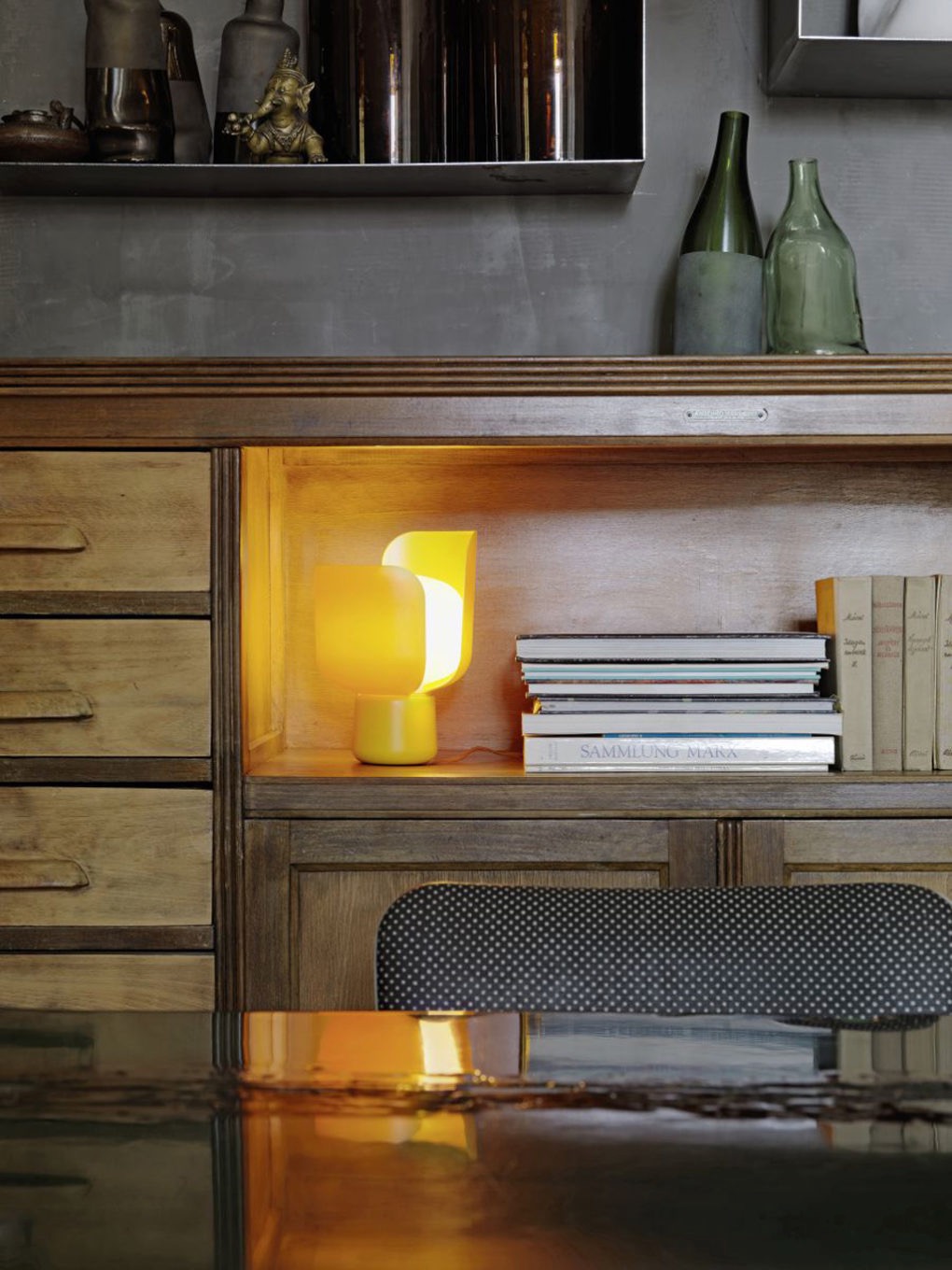
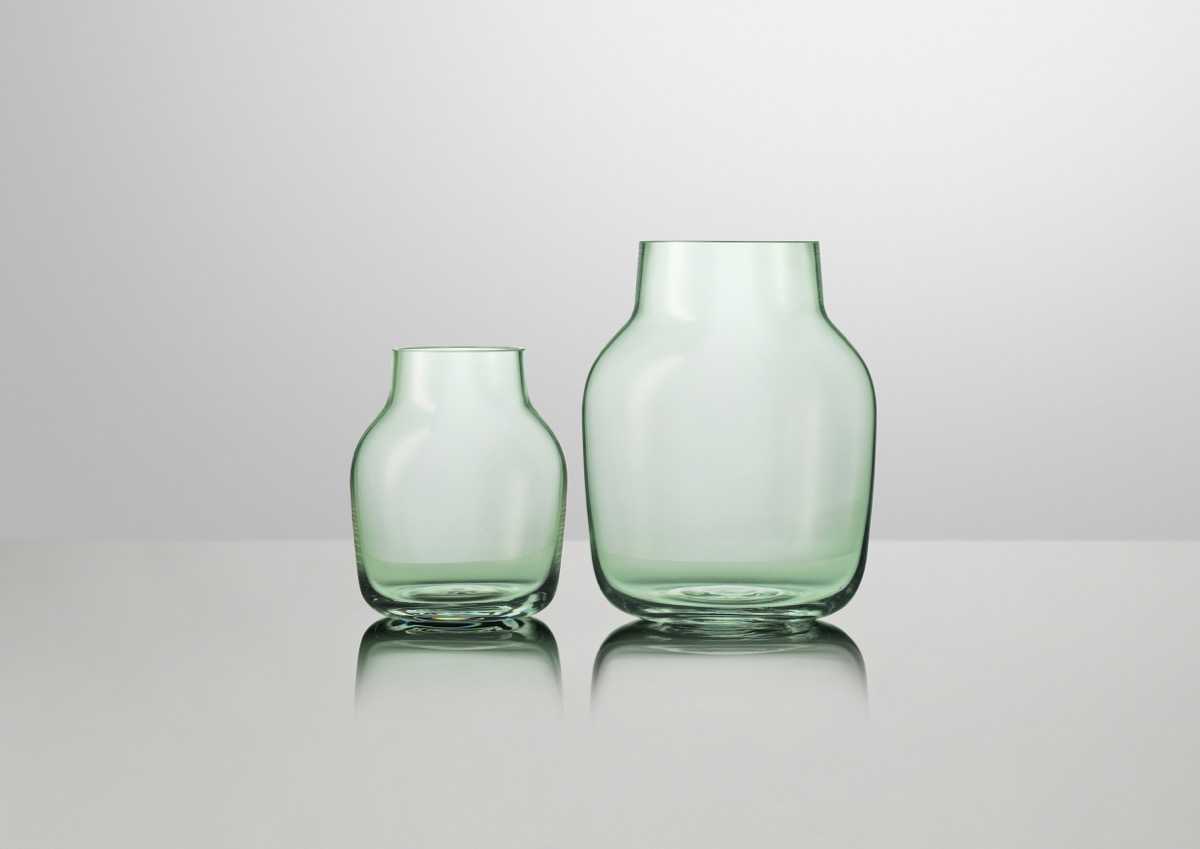
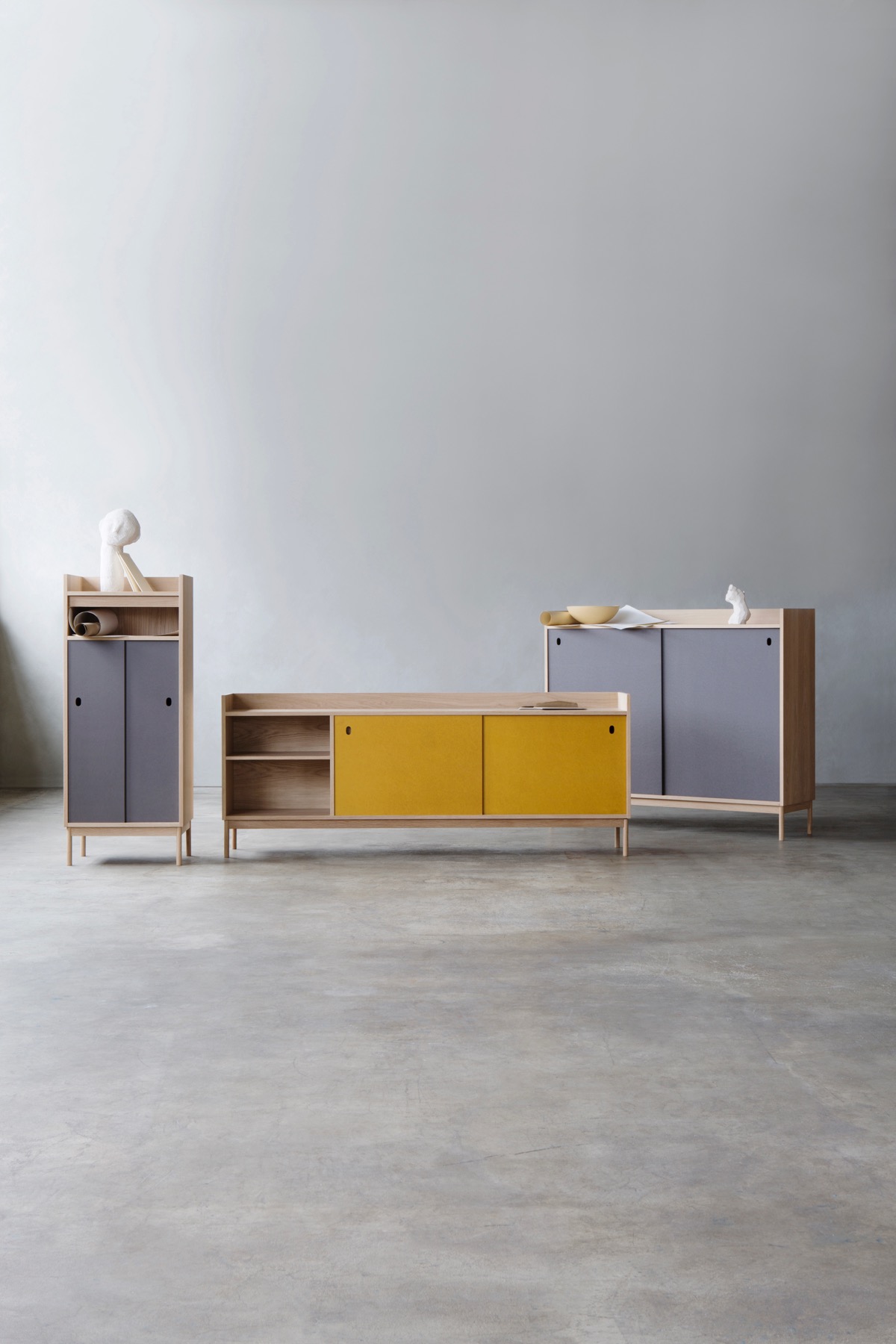

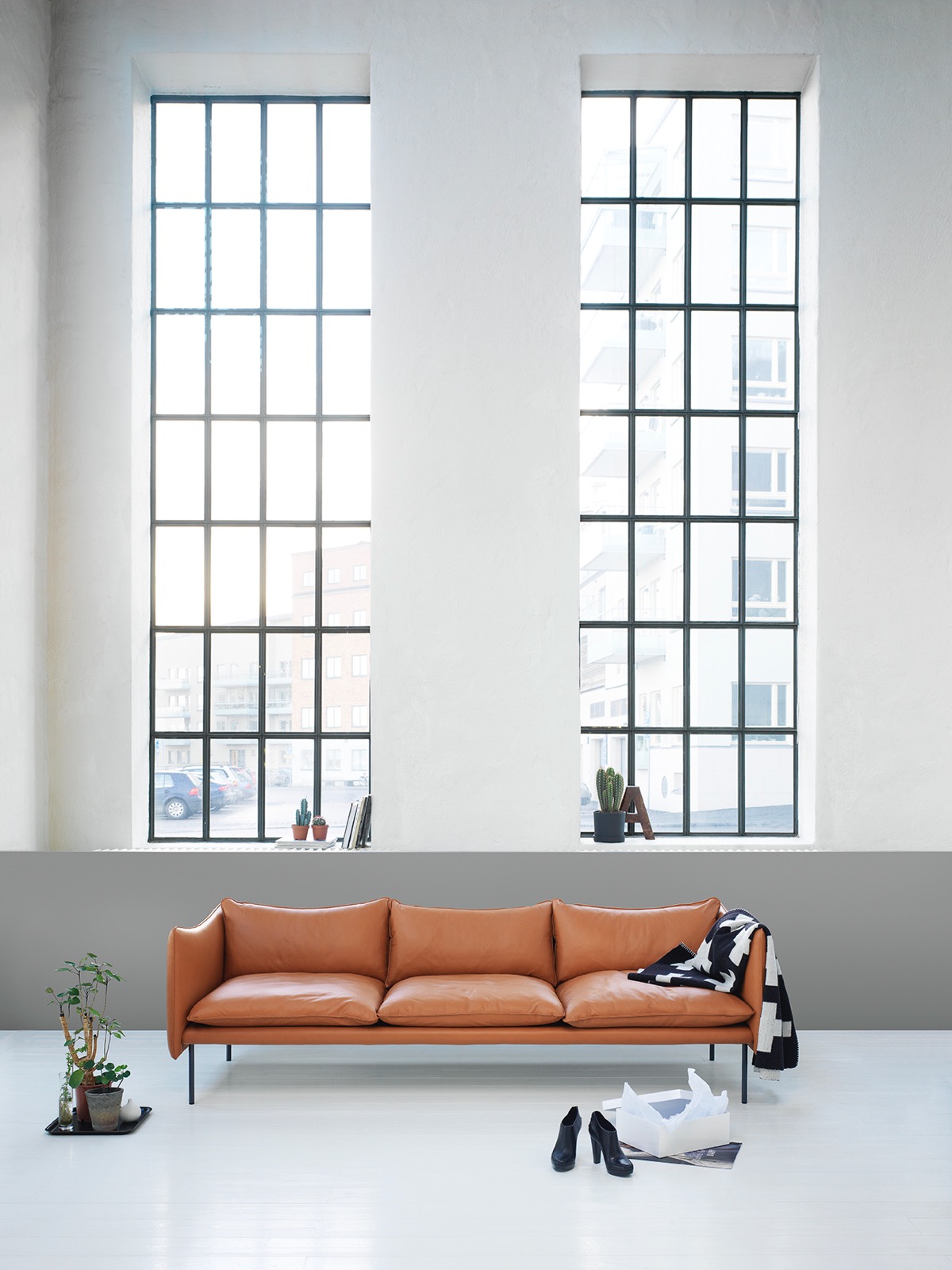
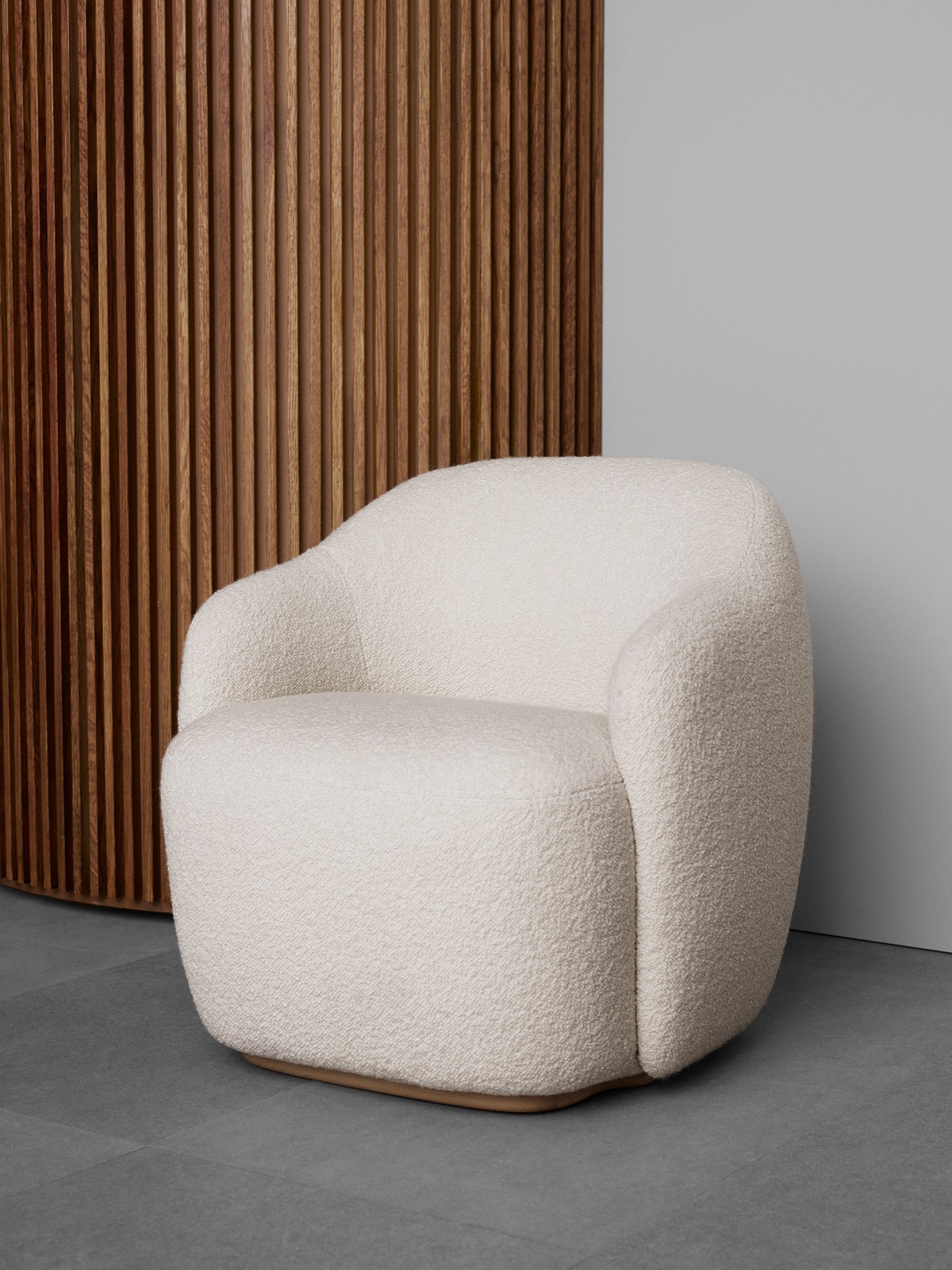
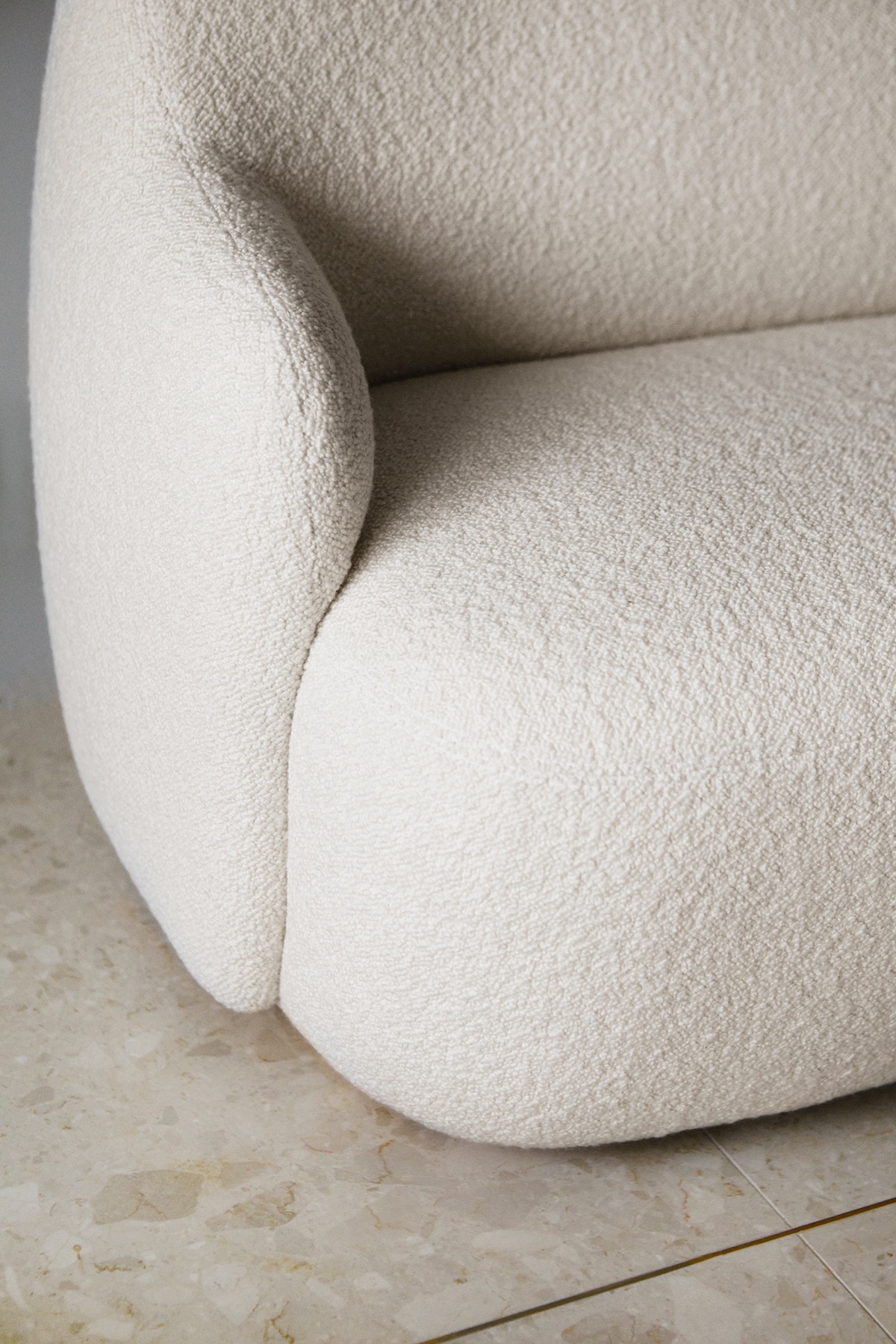
Read more: 10 Questions With… Sebastian Herkner
